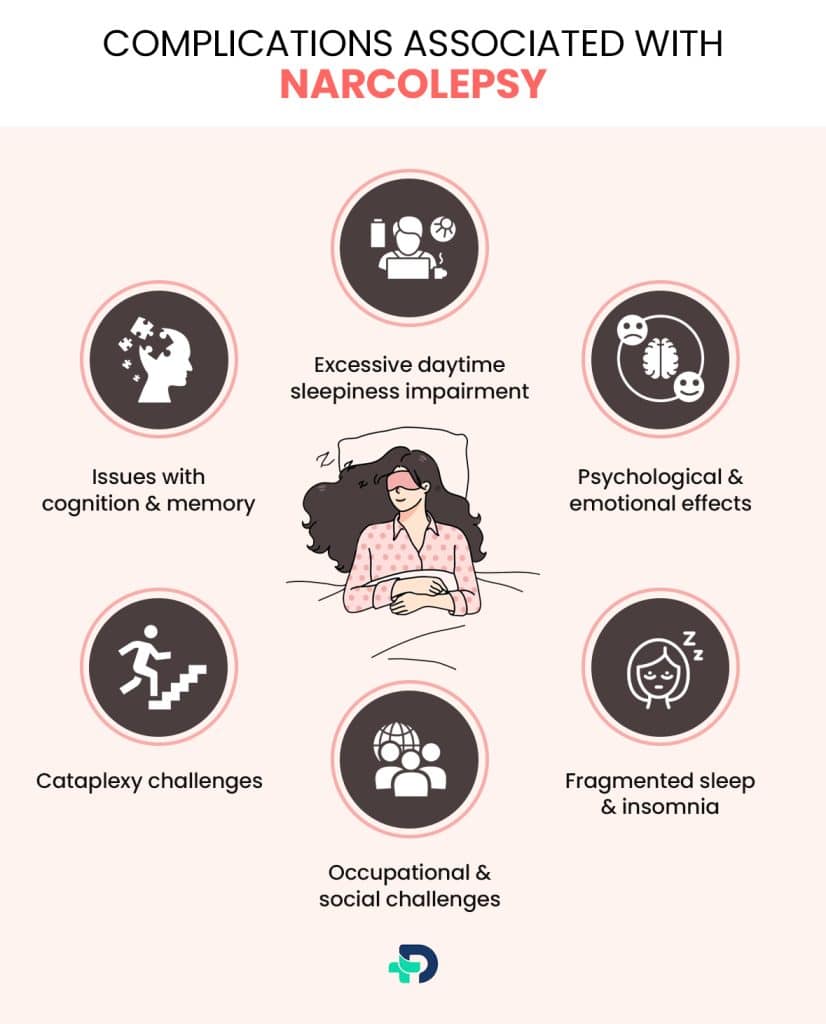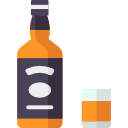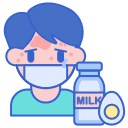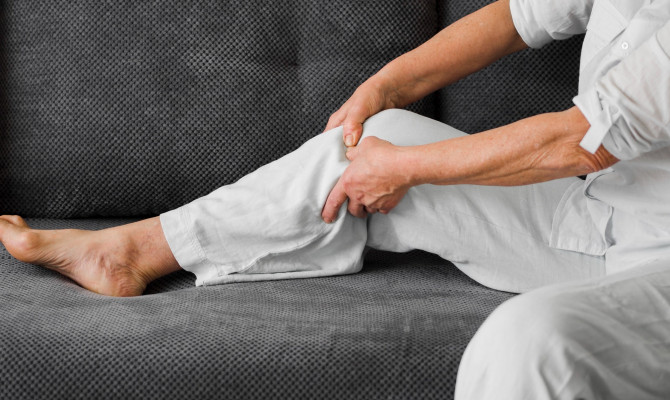Understanding Narcolepsy: Symptoms, Causes and Management

- Narcolepsy
- 22 Aug 2023
Overview
What is Narcolepsy?
The ability of the brain to control the sleep-wake cycle is impacted by narcolepsy, a long-term neurological condition. People frequently encounter uncontrollable periods of daytime sleepiness and excessive daytime sleepiness.1Overview| Researched based study from Nlm.nih.gov
In this article, we will look at the causes, signs, and difficulties that people with this chronic ailment encounter. We’ll also look at the therapies and management techniques on the market.

Symptoms
Narcolepsy symptoms
- Excessive sleep during the day
- Sudden loss of control or muscle tone
- Sleep paralysis
- Hallucinations caused by hypnagogia and hypnopompia
- A disturbed night’s sleep
Although the symptoms can vary from person to person, they usually revolve around disturbed sleep-wake cycles and increased daytime sleepiness. The following are the key signs and symptoms:
Excessive sleep during the day
- An extreme and prolonged sense of daytime sleepiness is the defining symptom. People frequently fight to stay awake and may occasionally suffer from uncontrollable sleep bouts in various settings and at unpredictable hours.
Catalepsy
- It is a sudden lack of muscle control or tone frequently brought on by intense emotions like surprise, laughter, or anger.
- It can cause brief paralysis-like paralysis ranging from slight muscle weakness to total physical collapse. It only occurs in people with narcolepsy type 1, commonly called narcolepsy with cataplexy.
Sleep paralysis
- It is momentary immobility of movement or speech during sleep or arousal.
- Vivid hallucinations and a feeling of pressure on the chest may accompany it. Although usually brief, it can be upsetting and confusing.
Hallucinations caused by hypnagogia and hypnopompic
- These happen as you wake up or fall asleep (hypnagogic). They can be vivid, dream-like and involve sensory, aural, or visual experiences.
- The distinction between wakefulness and dreaming might become even more hazy since people sometimes sense things that are not truly there.
A disturbed night’s sleep
- People frequently report having trouble keeping a regular sleep schedule, frequent awakenings, and vivid dreams during the night.
- The extreme daytime tiredness that results from these sleep disruptions.
It is important to remember that not everyone will encounter all of these symptoms. The number of signs and their severity can change.1Symptoms| Researched based study from Nlm.nih.gov ,2Symptoms| Researched based study from Nlm.nih.gov
Causes
What are the possible causes of Narcolepsy?
Research suggests that a combination of genetic and environmental variables may be at work, even if the exact causes of narcolepsy are not yet fully understood. The primary elements said to have influenced the development are listed below:
Genetic predisposition
- It can run in families, according to studies, proving that there is a hereditary component. A higher susceptibility has been linked to variations in specific genes, such as the HLA (human leukocyte antigen) complex.
- However, these genetic changes do not ensure the onset of narcolepsy because other factors indeed come into play.
Autoimmune dysfunction
- It is thought that the autoimmune process that causes narcolepsy occurs when the immune system incorrectly targets and kills cells that make hypocretin/orexin.
- Narcolepsy patients have much lower amounts of a neuropeptide that regulates wakefulness and sleep in the brain.
- This raises the possibility that an autoimmune process has destroyed the neuropeptide-producing cells.
Environment-related factors
- People with a genetic susceptibility to narcolepsy may develop the condition due to specific environmental circumstances.
- It has been suggested that illnesses, especially viral infections like the H1N1 influenza (swine flu), may act as triggers.
- It is believed that in susceptible individuals, these infections may activate or promote the autoimmune response, eliminating cells that produce hypocretin.
Neurochemical imbalance
- It is linked to changes in the concentrations of many neurotransmitters, such as hypocretin/orexin, dopamine, and serotonin.
- Disturbances in the balance of several factors may cause the dysregulation of sleep-wake cycles and the symptoms.1Causes| Researched based study from Nlm.nih.gov ,2Causes| Researched based study from Nlm.nih.gov
Types
Types of Narcolepsy
Narcolepsy type 1
- Cataplexy, also known as narcolepsy with cataplexy, is a rapid loss of muscle control brought on by emotions.
- It is a defining feature of this condition. Strong emotions like surprise, rage, or laughing are frequently the cause, and they can cause anything from slight muscle weakness to total bodily collapse.
Narcolepsy type 2
- This type is without cataplexy and is characterized by excessive daytime sleepiness.
- People may experience symptoms similar to type 1, including fragmental nighttime sleep and sleep paralysis.1Types| Researched based study from Nlm.nih.gov ,2Types| Researched based study from Nlm.nih.gov
Diagnosis
Diagnosis of Narcolepsy
A thorough medical history, physical examination, and specialized sleep tests are all necessary for the diagnosis to be determined. The significant steps in diagnosing it are as follows:
Clinical evaluation
- A medical practitioner will conduct a thorough interview to learn about the patient’s symptoms, sleeping habits, and medical background. They will question you about other symptoms, such as excessive daytime sleepiness.
Sleep diary
- Keeping a sleep journal can help you learn much about your sleeping habits and daily tiredness.
- The person may be required to keep a log of their sleeping patterns, including bedtime, wake-up time, sleep duration, and any noteworthy events that occurred while they were awake or asleep.
The ESS (Epworth Sleepiness Scale)
- It is a self-reported questionnaire that measures how sleepy you feel during the day.
- It comprises eight questions that allow participants to rate how likely they will nod off or fall asleep while doing various activities, such as reading, watching TV, or driving. The score helps in determining the severity.
Polysomnography (PSG)
- It is a 24-hour sleep study in a sleep center or lab. It entails watching several physiological factors while sleeping, including heart rate, breathing patterns, muscle activity, eye movements, and brain activity (EEG).
- It aids in evaluating the quality of slumber, identifying any underlying sleep disorders, and eliminating other possible causes.4Diagnosis| Researched based study from Nhs.uk
Treatment
Narcolepsy Treatment
There is currently no recognized cure for the chronic illness known as narcolepsy. Therapy options are available to manage the symptoms and raise people’s quality of life. The treatment strategy may change depending on a person’s unique symptoms and demands. Here are some standard medical options:
Stimulant medications
- Modafinil and methylphenidate are examples of stimulant medications frequently recommended to treat excessive daytime sleepiness and increase wakefulness.
- The central nervous system is stimulated by these medications, which promote alertness.
Selective serotonin reuptake inhibitors (SSRIs)
- SSRIs, such as venlafaxine and fluoxetine, may be recommended to treat symptoms like cataplexy.
- These drugs can lessen the frequency and severity of cataplectic attacks by regulating serotonin levels in the brain.
Sodium oxybate (GHB)
- The drug sodium oxybate (GHB) has the potential to be beneficial in treating the symptoms.
- Taking it before bed promotes better nocturnal sleep, lessens daytime tiredness, and lessens the likelihood of cataplexy.
Behavioral techniques
- Individuals may benefit from various behavioral coping mechanisms to deal with the symptoms.
- These can include scheduling routinely brief naps during the day, using stress-reduction techniques, getting regular exercise, and organizing daily routines to maximize alertness and productivity.
Supportive measures
- Supportive therapies that address the emotional and psychological effects, such as counseling or support groups, may be beneficial. People can use these tools to exchange experiences, find support, and learn coping mechanisms.
Considering this, different people may respond differently to different treatment strategies. Effective management and a commitment to the recommended treatment plan are essential for enhancing general well-being.5Treatment| Researched based study from Nlm.nih.gov ,6Treatment| Researched based study from Nhs.uk
Living with narcolepsy
- By going to bed and waking up at the same time every day, including on the weekends, you can create a regular sleep schedule.
- Keep your bedroom calm, dark, and at a pleasant temperature to make it sleep-friendly.
- Use soft bedding and think about using earplugs or a white noise machine.
- Adopt sound sleep practices, such as staying away from stimulating activities just before bed (such as using electronics, drinking coffee, or eating large meals).
- Use soothing activities to tell your body it’s time to unwind, such as reading or a warm bath.
- Make sure to allot sufficient time for restful sleep. Most adults require 7-9 hours of sleep per night.
- Incorporating stress management practices into your everyday routine is important because stress might worsen the symptoms.
- Alcohol and other drugs can alter sleep cycles and reduce sleep quality. It is advisable to avoid or consume them in moderation.3Treatment| Researched based study from Nlm.nih.gov
Complications

Complications associated with Narcolepsy
Excessive daytime sleepiness impairment
- This may make it difficult to function normally daily and stay awake or aware during work or school hours, which could adversely affect productivity, focus, and general performance.
Issues with cognition and memory
- It can aggravate cognitive problems, such as those involving memory, attention, and information processing. Learning, remembering knowledge, and carrying out complex mental tasks can also be difficult for some people.
Psychological and emotional effects
- Frustration, despair, worry, and low self-esteem might result from it. Additionally, it could impact a person’s social interactions, interpersonal relationships, and overall quality of life.
Higher likelihood of accidents
- It can increase the likelihood of accidents, especially drunk driving or using large machinery.
Cataplexy challenges
- A sudden lack of muscle control can result in falls, injuries, and potential accidents when performing physically demanding activities, such as climbing stairs.
Fragmented sleep and insomnia
- It might exacerbate the symptoms and difficulties related to narcolepsy by causing sleep problems and insomnia.
Occupational and social challenges
- It may affect one’s social connections, academic goals, and employment prospects.
- It’s possible to become socially isolated due to excessive daytime sleepiness, frequent naps, and unpredictable symptoms that interfere with everyday activities, job schedules, and social engagements.7Complications| Researched based study from Nlm.nih.gov
Any feedback on this article?
 This Articles content was accurate
This Articles content was accurate Very Informative Article
Very Informative Article I have a question or a comment
I have a question or a comment
 This article contains inaccurate content
This article contains inaccurate content This article was not helpful
This article was not helpful I have a question or a comment
I have a question or a comment
We appreciate your helpful feedback!
Checkout our social pages
References
-
National Library of Medicine
Narcolepsy | Introduction | Symptoms | Causes | Types
-
National Library of Medicine
Narcolepsy: a review | Introduction | Symptoms | Causes | Types
-
National Library of Medicine
Living with Narcolepsy: Current Management Strategies, Future Prospects, and Overlooked Real-Life Concerns | Treatment
-
National Health Service
Narcolepsy | Diagnosis
-
National Library of Medicine
Recent advances in treatment for narcolepsy | Treatment
-
National Health Service
Narcolepsy | Treatment
-
National Institute of Neurological Disorders and Stroke
Narcolepsy | Complications





































